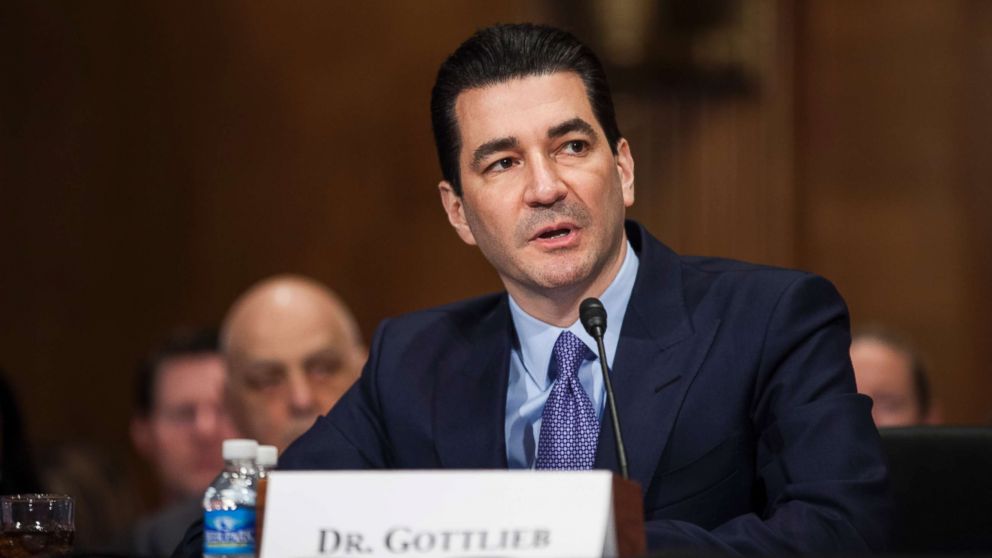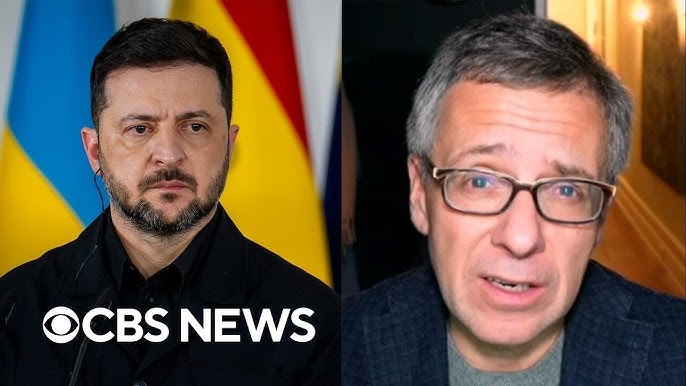
Creative human-AI partnerships and AI-generated music: WaveAI CEO and co-founder Maya Ackerman speaks with Jon Krohn about learning to see – and accept – AI’s…
Thought Leader: Jon Krohn

Biologic drugs are one of this century’s great medical triumphs. They’ve reshaped the treatment of diverse and debilitating diseases from cancer to multiple sclerosis to heart attacks.
They’re also one of the fastest-growing segments of drug spending. Medicare’s total tab for biologics has increased 9.5% a year since 2009, to about $20 billion in 2016. Across the entire market, spending on biologics totaled $125.5 billion in 2018, up 50% since 2014.
Why are they so expensive? Biologics must be grown in living systems—fermented, for example, in large vats of bacteria cells. This makes them hard to replicate. For decades, biologics weren’t subject to competition from copycat generic medicines, even once patents and exclusivities had lapsed on originals.
This changed in 2010 with the introduction of a legal path for developing “biosimilar” drugs. This biosimilar pathway accelerates the Food and Drug Administration’s review and approval of copycat versions of biologics. Biosimilars are tested to ensure they are as safe and effective as the brand-name biological medicines they are fashioned from. The Rand Corp. estimates biosimilars can save consumers $54 billion by 2026.
Yet some observers, including my colleague Peter Bach on these pages, say the market for biosimilars has been lackluster and the drugs are too slow to gain adoption. Instead of relying on competition from biosimilars to tame pricing, they argue the government should simply regulate the prices of biologics after their patents and exclusivity periods expire. Among other dangers, this could trigger shortages of the drugs. It would also discourage investment in manufacturing, as few drugmakers would want to produce complex drugs in perpetuity for little profit.
Instead, Congress can make straightforward changes to speed the development and use of cost-saving biosimilars. First, it can pass a law mandating that brand companies sell their biologic drugs at a fair market price to biosimilar manufacturers seeking to develop copies. A biosimilar manufacturer typically needs hundreds and sometimes thousands of doses of the originator product to run the required FDA trials to prove that their copycat drug can be used interchangeably with the original biological medicine. Some brand drugmakers block such sales. They have an incentive to make it harder for biosimilar manufacturers to clear basic regulatory hurdles.
Brand manufacturers sometimes argue that they can’t sell large quantities of their medicine to biosimilar makers for fear that the drugs might get resold in ways that can put patients at risk. The FDA can make sure the drugs won’t be used in unintended ways by guaranteeing that custody of the drug remains secure as it transfers from the brand company to the biosimilar manufacturer. In turn, Congress could indemnify the brand drugmakers from any risks arising from the use of their drugs in these trials.
Second, Congress can stop branded drug companies from using “rebates” to squelch competition from biosimilars. A rebate is when the drugmaker agrees to return part of a drug’s purchase price to the insurance plan. In return, the insurer often agrees to make exclusive use of that drug. It’s a big inducement. If a health plan were to adopt a biosimilar, it might void its rebate contracts for biologic drugs and lose payments. Rebates take years to get in place and a new entrant may be hard pressed to offer insurers a similar deal.
The Trump administration proposed ending the safe harbor for all rebates but eventually put that policy on hold out of a concern that it might cause Medicare drug-insurance premiums to rise. If there’s one situation where rebates are anticompetitive, it’s when they’re being used to block competition from a low-cost generic. Drugmakers developing biosimilars, including one branded company I advise, are arguing safe harbor should be eliminated.
Third, the U.S. must invest more heavily in educating doctors about the safety and effectiveness of biosimilars and the value that they can deliver to patients and the health-care system. When cheaper generic copies of small-molecule pills first entered the market in the 1980s, doctors were reluctant to prescribe them. There were unfounded concerns that generic copies didn’t offer the same reliability as their brand counterparts. As doctors and consumers gained familiarity with and confidence in generic drugs, there was a massive shift. Their share of all dispensed drugs increased from 36% in 1994 to 74.5% in 2009 and 87% in 2015. The same initial trepidation is slowing adoption of biosimilars and costing patients billions.
The opportunity offered by biosimilars is still unfolding. But the value they can offer is clear. Congress should take new steps to accelerate their adoption.
Creative human-AI partnerships and AI-generated music: WaveAI CEO and co-founder Maya Ackerman speaks with Jon Krohn about learning to see – and accept – AI’s…
Thought Leader: Jon Krohn
Dr. Sanjay Gupta: How to Safely Store Your Leftovers
We all have our cooking rituals, but are some of them unsafe? Dr. Sanjay Gupta gets to the bottom of handwashing hygiene, especially when handling…
Thought Leader: Sanjay Gupta
Ian Bremmer: “We’re not much closer to a ceasefire”
The Trump administration is pushing to secure a peace deal to end the war in Ukraine. But what that looks like and whether Russia is…
Thought Leader: Ian Bremmer

